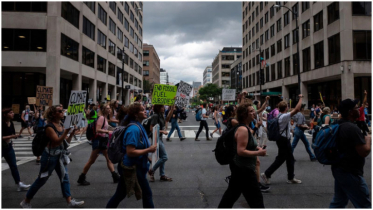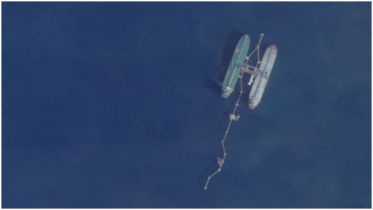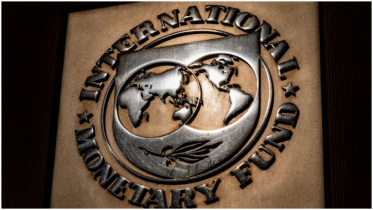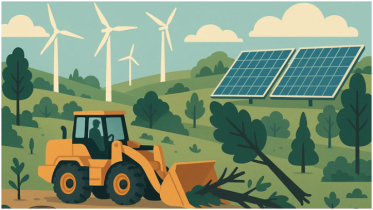What does 2024 hold for Pakistan economy?
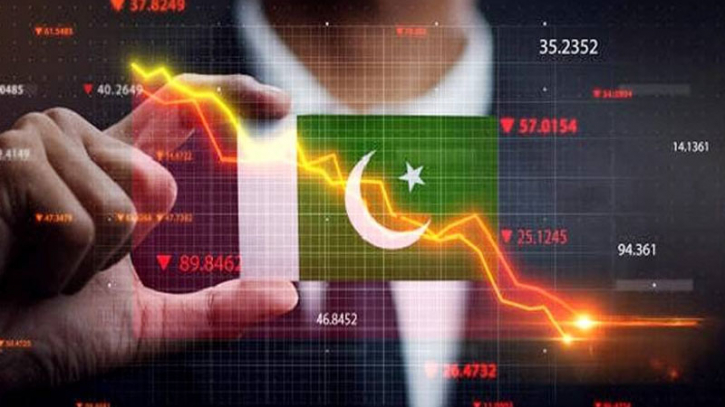
Forget the past; let’s focus on 2024. Very early in the year, we need a democratically elected government with a strong mandate for economic reforms.
There is no other wish-list of the voters except their financial well-being. Individuals assigned responsibilities of such ministries shouldn’t identify problems but only provide solutions.
It will be unfortunate if a policy of go-with-the-flow, cancelling predecessor’s good ideas, and five years of low expectations are followed. Learn something from the current caretaker setup. No surprise, but some of these should be retained in the next setup to finish the tasks. There will be no leniency in the year 2024 from our friends, lenders, and well-wishers. Multilateral agencies have a clear dismay over Pakistan’s flirtatious habits with the IMF.
Though the IMF’s prescription may not be the best solution, borrowers can’t be choosers. No shortcuts, inefficiencies, and political delays are permitted regarding privatising dead assets, transferring the burden from federal to provinces in the form of DISCO losses, PSDP, health and education, agri-subsidies, BISP, etc.
The onus of inefficiencies should fall to the grassroots to incentivise provinces, districts, and local governments to earn fair taxes from the services sector without sparing sacred cows such as real estate, agriculture and retail.
Much-needed is monetary tightening to an extent that only export and FDI led growth is witnessed in the country. Borrowed growth has been a failed recipe in Pakistan as we spend those dollars on dollar-unfriendly investments such as motorways, expensive power plants with an artificially propped-up rupee.
A higher domestic interest rate (15-17%) is vital to attract savings, control the real estate bubble, and keep the current account deficit close to 1% of GDP at $3-4 billion per year as huge external debt repayments need higher attention. Invariably, private sector borrowing will be hurt, but only export dollars should finance growth.
For the next two years, targets should be set and religiously followed in terms of enhancing the tax-to-GDP ratio to beyond 15%. You need to go after the “richie rich” who are easily enjoying subsidies and tax credits.
For instance, people earning millions a month can still save taxes worth millions a year through a pension fund tax credit. Why not reduce the benefit beyond a certain threshold?
Similarly, the rich invest in mutual funds and get taxed lower on dividends they receive from funds. Also, capital gains tax on stock market returns should be progressive for “retail” investors who earn millions and pay the same rate as those earning thousands a year.
Also, there is a misconception that subsidies are bad. Subsidies are tools for the government to get the desired change in the economic direction.
In the US, CHIPs Act, Inflation Reduction Act, and others are tilting the country towards a green transition and dominance in the semiconductor business. High-value manufacturing is going back to the US.
Many states in India are also offering subsidies to attract foreign investors in search of technology transfer, export growth, and job creation. Pakistan should earn higher taxes enough to spend it on their way of growth.
The clearest and only solution is growth in exports and import substitution. Pakistan ranks one of the lowest in export as a percentage of GDP and generates half the exports per person as compared to Bangladesh (even lesser than war-torn African countries and Syria). There is a systematic tumour in the economic body that requires aggressive treatment.
Almost all of our tax revenues go towards debt servicing at a 22% interest rate – why shouldn’t we divert 50% of the savings by reducing the interest rate to subsidise high-value IT, agriculture, minerals, textile, pharmaceuticals, exports?
Keep imports under check by taxing the products of the rich and cascading tariff on raw materials for exports and import substitution and keep the currency depreciate at a moderate 4-6% every year to remain competitive against regional players.
Do not tinker too much with the interest rate. Every time interest rates have gone to single digits – Musharraf, Dar, and Covid – Pakistan rockets towards a boom-and-bust cycle only because imports rise much faster than exports.
For the next five years, the only infrastructure projects one should implement are those with human capital and skills development. Enroll more women in the workforce. Offer not scholarships but a handsome amount to people learning digital skills. Pay them to learn. Give significant grants to new IT universities whose students are able to clear the toughest global certification. We need the quality of graduates and quantity to an extent as well.
Pakistan doesn’t really need a motorway from Hyderabad to Sukkur or bullet trains or new airports. There are 100 million people living below the poverty line and their offspring will too. We need to earn, spend wisely and invest only in educating the masses.
The house cannot accommodate more members anymore and although people leaving the country have kept Pakistan’s balance of payments in check through remittances, brain drain is nothing to be proud of and long-term damage. Everything is doable because we are starting from a very low base. All eyes are on the SIFC monitored/guided new government. No room for delays.
Writer: AAH Soomro, An Independent Economic Analyst.
Source: The Express Tribune
.png)

